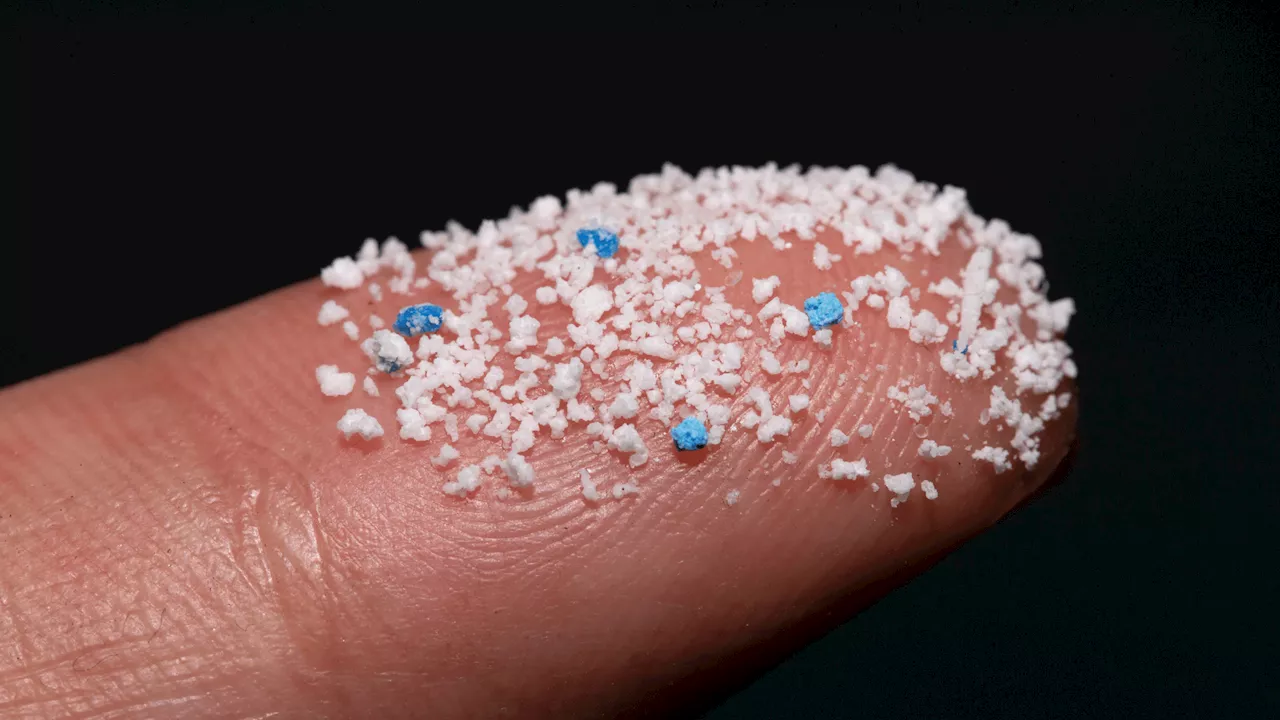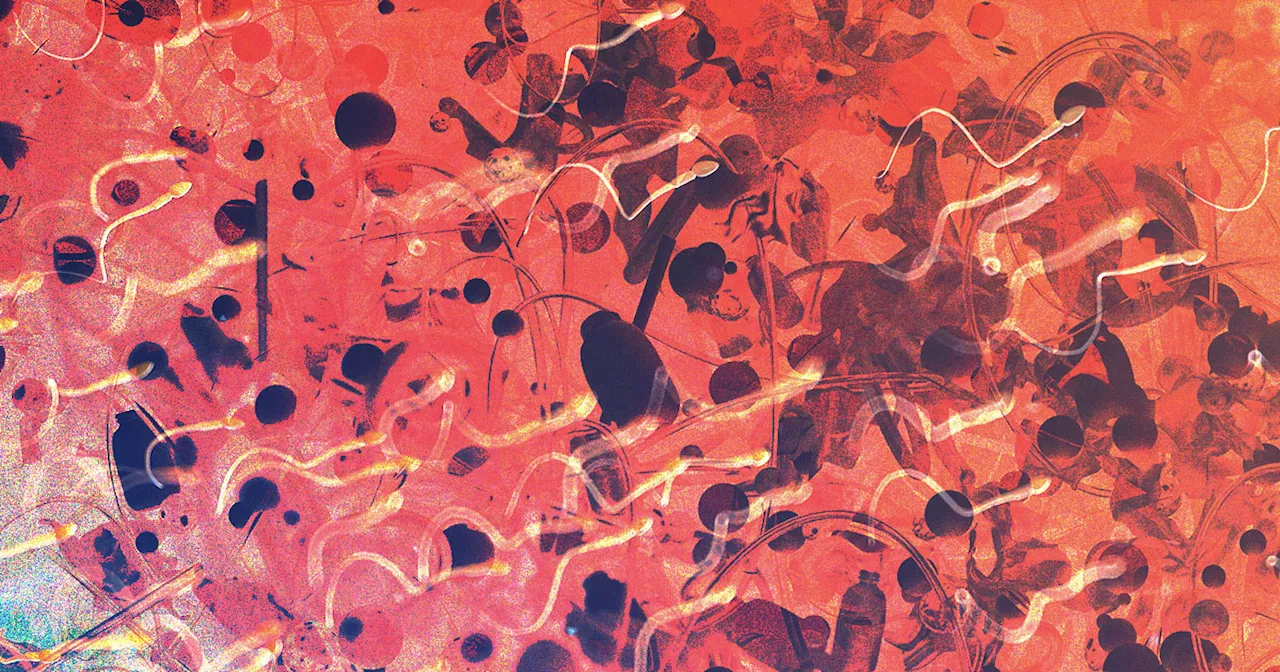Science and Technology News and Videos
A team of researchers has found microplastics in all 40 semen samples they examined from healthy men, highlighting the urgent need to study how these tiny particles could affect human reproduction.researchers from a number of Chinese institutions identified eight different polymers in the samples, with polystyrene being the most prevalent.It's also yet another stark reminder of how ubiquitous microplastics have become in the world.
"As emerging research increasingly implicates microplastic exposure as a potential factor impacting human health, understanding the extent of human contamination and its relation to reproductive outcomes is imperative," the researchers wrote in their paper. Worse yet, the samples dated back to 2016, suggesting that the "impact on the younger generation might be more concerning," given the particles' growing prevalence, Yu added.
United States Latest News, United States Headlines
Similar News:You can also read news stories similar to this one that we have collected from other news sources.
 Scientists find microplastics in every human semen, sperm motility at riskNew research reveals microplastics in all semen samples studied, raising concerns about their impact on male fertility rates.
Scientists find microplastics in every human semen, sperm motility at riskNew research reveals microplastics in all semen samples studied, raising concerns about their impact on male fertility rates.
Read more »
 Microplastics Found in Every Human TesticleScience and Technology News and Videos
Microplastics Found in Every Human TesticleScience and Technology News and Videos
Read more »
 Plastic Junk? Researchers Find Tiny Particles In Men's TesticlesThe new study has scientists concerned that microplastics may be contributing to reproductive health issues.
Plastic Junk? Researchers Find Tiny Particles In Men's TesticlesThe new study has scientists concerned that microplastics may be contributing to reproductive health issues.
Read more »
 Plastic junk? Researchers find tiny particles in men's testiclesThe new study has scientists concerned that microplastics may be contributing to reproductive health issues.
Plastic junk? Researchers find tiny particles in men's testiclesThe new study has scientists concerned that microplastics may be contributing to reproductive health issues.
Read more »
 Plastic junk? Researchers find tiny particles in men's testiclesThe new study has scientists concerned that microplastics may be contributing to reproductive health issues.
Plastic junk? Researchers find tiny particles in men's testiclesThe new study has scientists concerned that microplastics may be contributing to reproductive health issues.
Read more »
 Microplastics Have Been Found Throughout the Human Body—Here's What You Need to KnowMicroplastics have been found in nearly every part of the body. Here are the places they've been found that have scientists most concerned.
Microplastics Have Been Found Throughout the Human Body—Here's What You Need to KnowMicroplastics have been found in nearly every part of the body. Here are the places they've been found that have scientists most concerned.
Read more »
